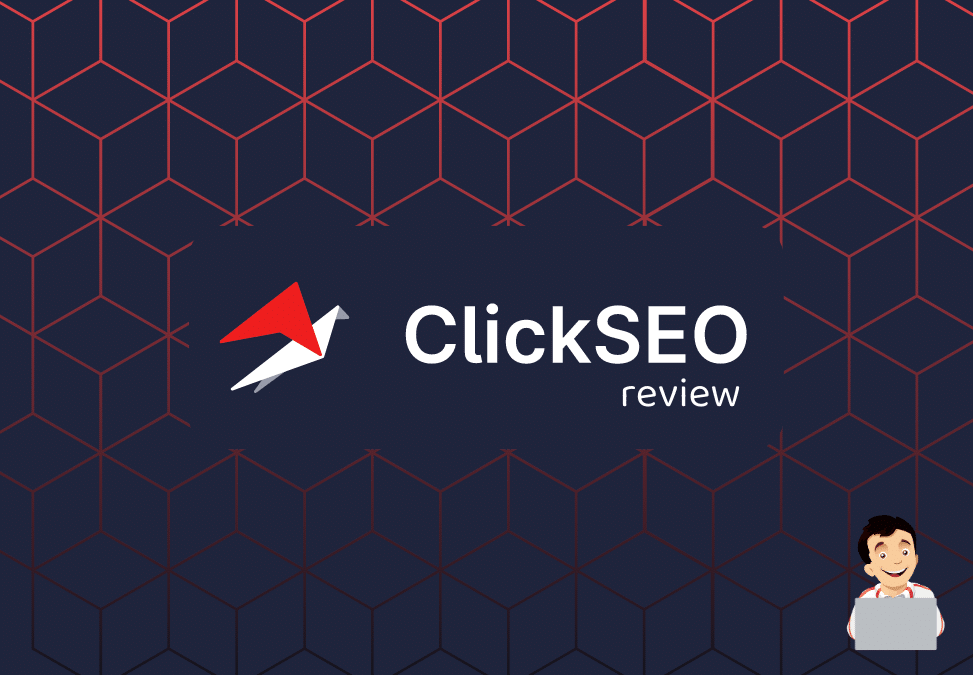Supercharge Your Link Building Initiatives with LinkDaddy CTR Manipulation Proficiency
Wiki Article
Maximizing Organic Click-Through Fees With CTR Manipulation
The optimization of natural click-through rates (CTR) is a nuanced endeavor that pivots on recognizing both user psychology and efficient web content discussion. By leveraging strategic adjustment techniques, such as powerfully crafted headlines and visually appealing components, marketing professionals can significantly boost individual engagement. However, the landscape is swarming with false impressions and oversimplifications concerning what absolutely drives CTR. As we explore the details of these approaches, it comes to be crucial to determine the underlying concepts that can lead to continual success in capturing audience focus. What really establishes apart the effective from the ineffective in this crucial element of electronic advertising?Understanding Click-Through Rates
Comprehending click-through rates (CTR) is essential for examining the performance of on-line marketing approaches. CTR determines the percent of individuals who click on a specific web link or promotion contrasted to the complete number of users that see it. A higher CTR suggests that the material is engaging and relevant to the target market, while a lower CTR might signal a demand for optimization.To compute CTR, divide the number of clicks by the number of impressions and increase by 100. If an advertisement receives 300 clicks out of 10,000 impressions, the CTR would certainly be 3%. This metric is vital for assessing different aspects of digital advertising and marketing, including seo (SEARCH ENGINE OPTIMIZATION), email projects, and social media advertising and marketing.
Moreover, evaluating CTR assists marketing professionals recognize which strategies produce the best outcomes and which require improvement. By concentrating on improving CTR, services can enhance their material's visibility and efficiency, resulting in raised traffic and potential conversions. Understanding the subtleties of CTR is fundamental for any type of marketer aiming to optimize their on the internet existence and take full advantage of roi (ROI)

The Psychology of User Habits
User habits is dramatically influenced by emotional aspects that determine how people connect with on the internet material. Recognizing these elements is necessary for enhancing click-through rates (CTR) in natural search engine result. Cognitive prejudices, such as the anchoring effect, play a crucial function fit customers' understandings. When customers encounter info, their first perceptions can heavily affect their succeeding judgments regarding significance and reputation.Emotional responses also considerably impact individual actions. Material that resonates mentally can trigger a sense of urgency or curiosity, triggering customers to click. Furthermore, social evidence-- such as user evaluations or rankings-- can improve count on and urge interaction, as individuals commonly seek to the habits of others to inform their very own decisions.
In addition, the concept of deficiency can drive clicks - GMB CTR Manipulation. Limited-time offers or special web content produce a worry of losing out (FOMO), engaging users to act rapidly. Understanding these psychological chauffeurs allows marketing experts to produce even more engaging content that reverberates with their target audience
Efficient CTR Manipulation Techniques
Leveraging psychological insights can significantly boost click-through prices (CTR) via targeted adjustment strategies. One of the most effective approaches is using engaging headings that evoke inquisitiveness or seriousness. Wording titles as questions or incorporating numbers can bring in even more focus, motivating customers to click.Another method includes enhancing meta summaries to develop a sense of importance and immediacy. By clearly laying out the advantages or options offered in the web content, you can engage possible readers and convince them to click. In addition, utilizing power words-- such as "special," "verified," or "free"-- can improve the charm of your content.
Visual elements additionally play a vital function. Integrating distinctive photos or thumbnails can draw individuals in and boost CTR. A/B testing different visuals can aid identify which images resonate finest with your audience.
Finally, making certain that your content assures check deliverable worth brings about greater CTR. They are much more most likely to engage when customers perceive that clicking will certainly provide them with purposeful insights or options. By utilizing these methods thoughtfully, online marketers can successfully manipulate CTR to their benefit while keeping ethical criteria.
Common Myths Regarding CTR
A number of mistaken beliefs border click-through prices (CTR) that can lead marketers to make illinformed choices. One prevalent misconception is that a higher CTR constantly equates to better performance. While a high CTR suggests that even more customers are clicking, it does not guarantee sales or conversions. Ultimately, the efficiency of web traffic relies on the high quality of the touchdown page and the significance of the material.Another usual belief is that CTR is a separated metric. Actually, CTR needs to be assessed combined with other efficiency indications, such as bounce price and conversion rate, to acquire an all natural sight of campaign success.
Additionally, some marketing experts presume that enhancing for CTR alone is sufficient. Nonetheless, focusing specifically on CTR can lead to clickbait tactics that may bring in clicks yet fall short to involve individuals meaningfully. This approach can harm brand track record and outcome in reduced retention rates
Last but not least, there is a notion that CTR strategies are universally effective. The truth is that ideal CTR tactics can differ significantly across industries and target market, necessitating customized methods for various market segments. Comprehending these myths is important for creating effective CTR approaches that line up with overarching advertising goals.
Determining CTR Success
Although high click-through prices (CTR) can suggest successful engagement with web content, measuring their true success requires a thorough evaluation of a number of variables. Initially, it is important to recognize the context in which the CTR is attained. For example, a high CTR on a misleading title might not translate to meaningful involvement or conversions, inevitably mirroring inadequately on the brand name's reliability.Second, evaluating the resource of web traffic is critical. Organic traffic from internet search engine can symbolize a durable web content method, while clicks from unimportant sources may show a lack of targeting. Furthermore, determining the subsequent individual behavior is vital; evaluating metrics such as bounce price, time invested in web page, and conversion prices can offer deeper understandings right into the top quality browse around these guys of the engagement started by the official website CTR.

Verdict

The optimization of natural click-through rates (CTR) is a nuanced venture that hinges on understanding both customer psychology and efficient web content discussion. CTR measures the portion of users who click on a particular web link or promotion contrasted to the overall number of customers that view it. A greater CTR suggests that the web content is involving and relevant to the target audience, while a lower CTR may indicate a requirement for optimization.
Concentrating specifically on CTR can lead to clickbait methods that may draw in clicks but fail to involve individuals meaningfully. Furthermore, measuring the succeeding customer actions is essential; assessing metrics such as bounce rate, time invested on web page, and conversion rates can give deeper insights right into the high quality of the engagement started by the CTR.
Report this wiki page